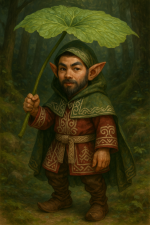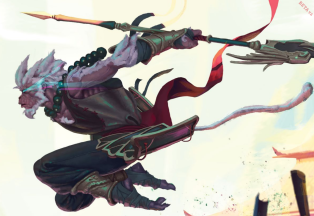Hmm, I’d have to strongly disagree. Elves and dwarves are very distinctly Western, the D&D versions of Tolkien archetypes and European myths, and there shouldn’t really be Japanese elves or Chinese dwarves.I don't see there being a good reason for Spirit Folk being a separate species in 5e, either they're a Planetouched species like Genasi, or they're Elves. With there being East Asian Elves featured in the PHB art (such as on the back cover), there's absolutely no reason for certain PC species not existing on this side of the world like they had in the old books.
There are of course Asian myths which resemble those archetypes - orang bunian are often portrayed as looking elven in Malaysian films but that’s basically cultural shorthand, they’re quite different.
If there are going to be spirit folk then I’d like it to be clear what myths they’re based on and what role they play in the setting - as written in OA they’re basically nymphs and I have no idea what Asian myths they’re supposed to be representing.
Going back to East Asian myths there’s definitely room for shapeshifters, which are basically Feng Shui transformed animals - animals who have attained sapience and the ability to take human form from living for a very long time (the Korean versions are often called “thousand year old tiger” or similar) or by meditation and enlightenment.
Other non-human races are a bit less obvious and possibly not necessary, and so yes then you could take the “elves and dwarves are just funny looking humans” route that the recently announced Japanese Kara Tur adventure has apparently taken.






